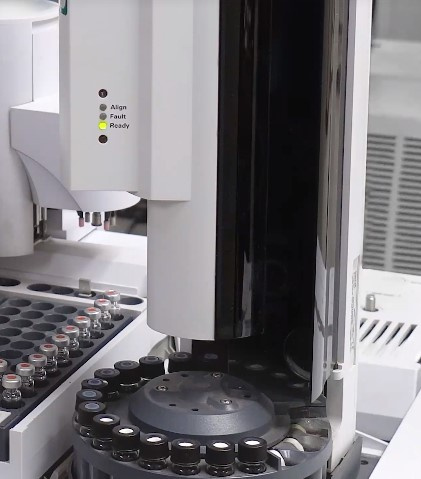Polynuclear Aromatic Hydrocarbons (PAH) in Houston - Ablabs
Understanding the impact of Polynuclear Aromatic Hydrocarbons (PAH) on Houston's environment and health.
Houston is one of the largest cities in the United States, known for its strong economy, diverse culture, and bustling port. However, Houston also has a notorious reputation for air pollution, with the city ranking among the most polluted in the nation. One of the primary sources of air pollution in Houston is Polynuclear Aromatic Hydrocarbons (PAH), which poses significant risks to both the environment and public health.
This article aims to provide an in-depth understanding of the impact of Polynuclear Aromatic Hydrocarbons (PAH) on Houston's environment and health. We will discuss the sources of PAH, the effects of exposure to PAH, and how to mitigate the risks associated with PAH exposure.
Introduction
Houston is home to one of the largest petrochemical complexes in the world, with numerous refineries and chemical plants located throughout the city. These facilities release large amounts of Polynuclear Aromatic Hydrocarbons (PAH) into the air, soil, and water, leading to increased levels of pollution and adverse health effects.
In recent years, the city of Houston has made significant strides in reducing air pollution levels. However, PAH remains a significant challenge due to its persistence in the environment and the difficulty in regulating its sources.
This article will delve deeper into the sources and effects of PAH and offer practical solutions to mitigate the risks associated with PAH exposure.
Sources of PAH
PAH is a group of chemicals formed from incomplete combustion of organic materials, including fossil fuels and biomass. PAH is released into the environment through several sources, including industrial emissions, motor vehicle exhaust, and burning of fossil fuels.
In Houston, the primary sources of PAH are the petrochemical plants and refineries located throughout the city. These facilities release large amounts of PAH into the air, water, and soil, leading to increased pollution levels in the surrounding areas.
Health Effects of PAH
Exposure to Polynuclear Aromatic Hydrocarbons (PAH) has been linked to a range of health effects, including respiratory problems, cancer, and reproductive and developmental disorders. PAH can enter the body through inhalation, ingestion, or skin contact, leading to a range of adverse health effects.
In Houston, the exposure to PAH is particularly concerning due to the high concentration of refineries and petrochemical plants in the area. Communities living near these facilities are at a higher risk of developing respiratory problems, cancer, and other health issues.
Environmental Effects of PAH
PAH is also known to have significant environmental effects, including soil and water contamination and damage to wildlife. PAH can accumulate in soil and water, leading to long-term pollution of these resources.
In Houston, the high levels of PAH in the environment have been linked to damage to local ecosystems, including the Houston Ship Channel, which is a vital commercial waterway for the city.
Mitigating Risks of PAH Exposure
There are several ways to reduce the risks associated with PAH exposure. One of the most effective ways is to reduce emissions from the sources of PAH, such as refineries and chemical plants.
In recent years, the city of Houston has implemented several regulations aimed at reducing emissions from these sources, including stricter air quality standards and emissions controls for industrial facilities.
Individuals can also take steps to reduce their exposure to PAH, such as using air filters in their homes and avoiding outdoor activities during periods of high pollution levels.
PAH Regulations in Houston
The city of Houston has implemented several regulations aimed at reducing emissions of PAH and other pollutants. These regulations include air quality standards, emissions controls for industrial facilities, and restrictions on the use of certain chemicals.
The city has also established a network of air quality monitoring stations to track pollution levels in different areas of the city.
Future of PAH in Houston
Despite the progress made in reducing air pollution levels in Houston, PAH remains a significant challenge due to its persistence in the environment and the difficulty in regulating its sources.
However, there are several promising technologies being developed to mitigate the risks associated with PAH exposure, including advanced emissions controls for industrial facilities and cleaner fuels.
Conclusion
Polynuclear Aromatic Hydrocarbons (PAH) is a significant challenge in Houston due to its persistence in the environment and the difficulty in regulating its sources. The exposure to PAH poses significant risks to both the environment and public health.
However, there are several promising technologies being developed to mitigate the risks associated with PAH exposure, and the city of Houston has implemented several regulations aimed at reducing emissions from industrial facilities.
Overall, it is important to continue monitoring and regulating PAH emissions to ensure a safer and healthier environment for Houston residents.
